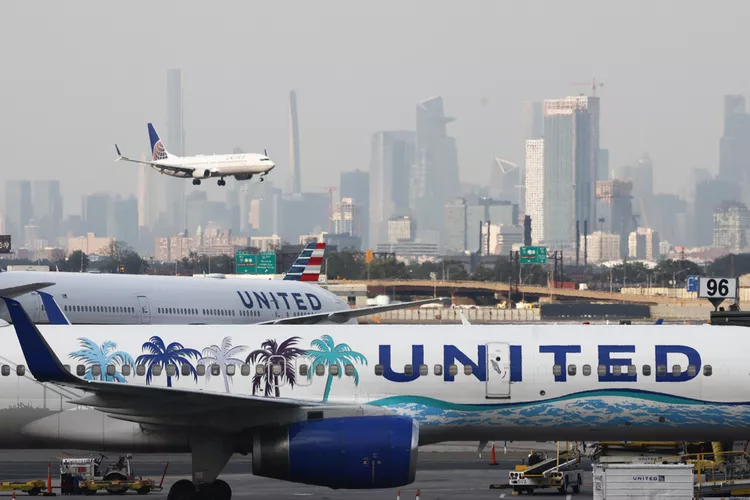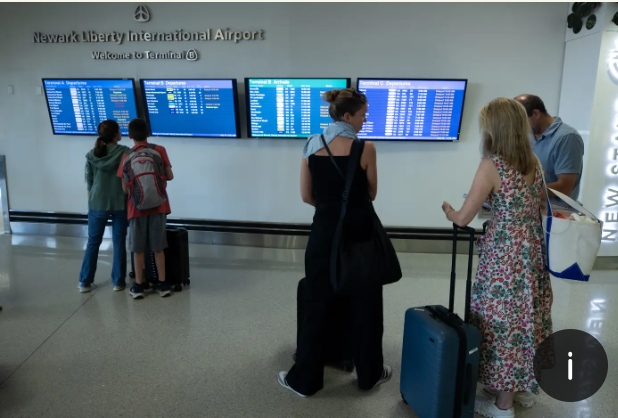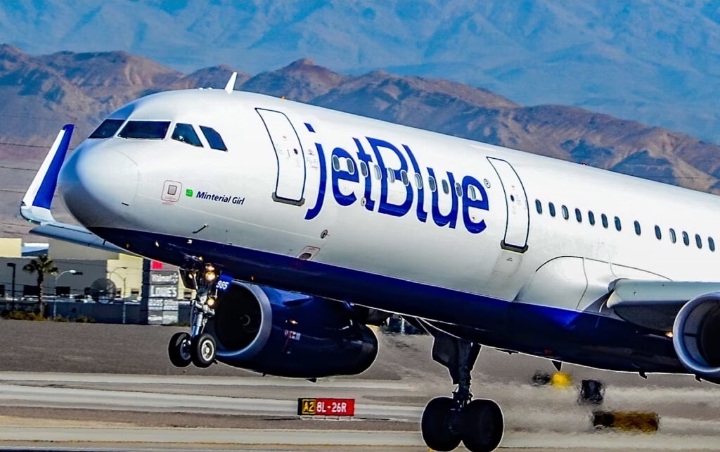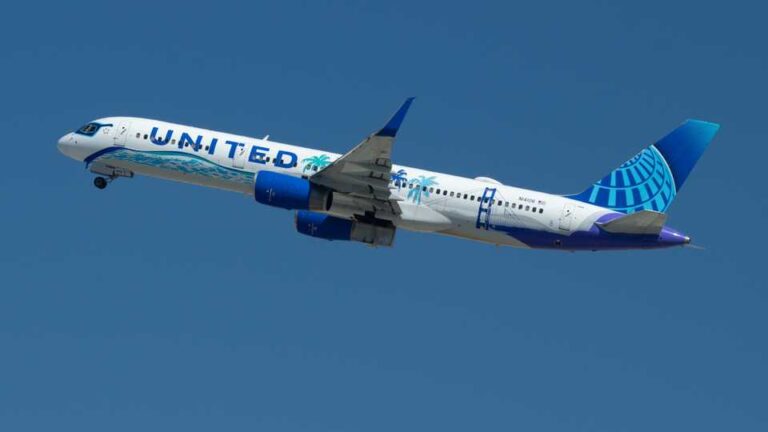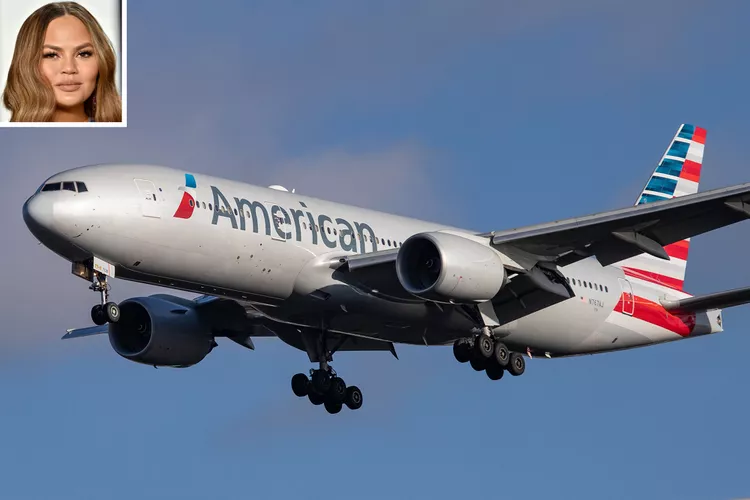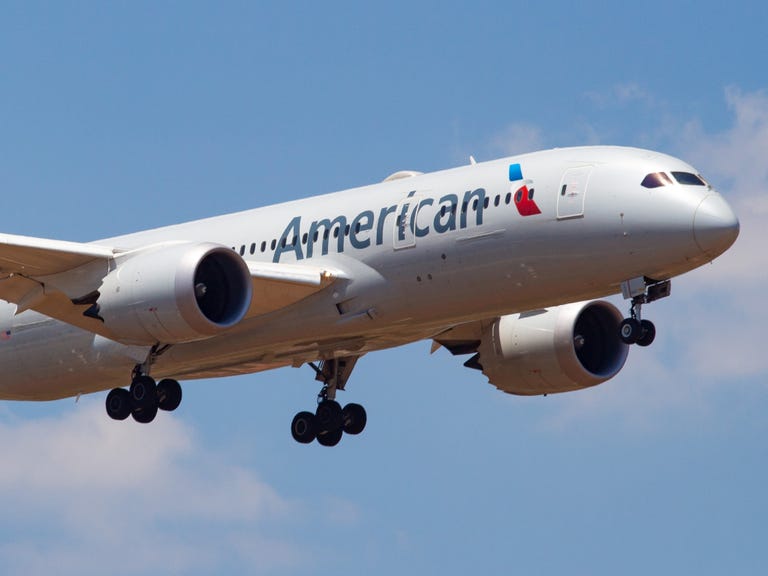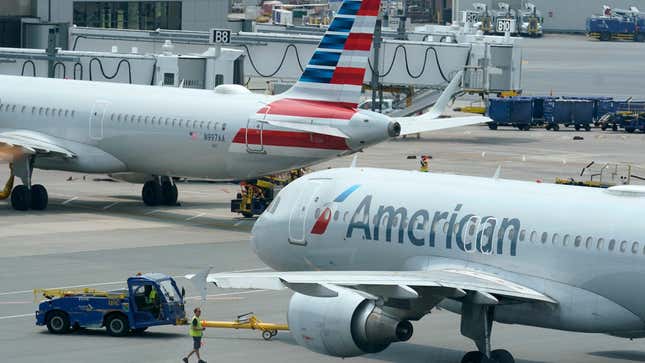Lawmakers Push for Investigation into United Airlines’ Mishaps
United Airlines is under intense scrutiny as U.S. lawmakers call for a thorough investigation into a series of operational mishaps, including mechanical failures and safety concerns that have plagued the airline in recent months. The focus is on whether United’s cost-cutting measures, particularly those related to maintenance and operational expenses, are compromising passenger safety. With incidents stacking up, questions are being raised about the airline’s prioritization of profits over safety, prompting demands for accountability and regulatory oversight.
United’s challenges are emblematic of broader issues within the airline industry, where rising operational costs and the pressure to maintain profitability often clash with safety concerns. As lawmakers intensify their calls for a deeper investigation, United Airlines faces a critical moment that could impact its reputation and operational strategy moving forward.
Background and Details of Recent Incidents
Over the past year, United Airlines has experienced several high-profile incidents that have drawn the attention of both the public and regulatory bodies. One of the most notable was a mid-flight mechanical issue that forced an emergency landing. Another involved a runway excursion, where a United plane skidded off the runway during landing, fortunately without any serious injuries.
These incidents have not only led to widespread media coverage but also sparked concern among passengers and airline industry experts. The common thread in many of these cases appears to be maintenance-related issues, raising questions about whether United’s cost-cutting measures are affecting the quality of its maintenance operations.
Maintenance and Cost-Cutting Measures Under the Microscope
United Airlines, like many of its competitors, has been focused on reducing operational costs in recent years. These efforts have included streamlining maintenance operations, renegotiating supplier contracts, and delaying non-essential upgrades to its fleet. While these measures have helped United maintain profitability in a challenging market, they may have also led to unintended consequences.
Maintenance is a critical area where cutting costs can have significant implications. United operates a large and diverse fleet, including older aircraft that require more frequent and intensive maintenance. Any delays or shortcuts in maintenance procedures can increase the risk of mechanical failures, as seen in recent incidents.
Lawmakers and industry experts are particularly concerned about the potential long-term effects of these cost-cutting measures. There is a growing fear that, in the pursuit of short-term financial gains, United could be compromising its long-standing reputation for safety and reliability. This concern has led to calls for a thorough investigation into United’s maintenance practices, as well as its broader approach to managing operational costs.
The Role of Regulatory Bodies and Public Perception
In the wake of these incidents, regulatory bodies such as the Federal Aviation Administration (FAA) have been closely monitoring United Airlines. The FAA has the authority to conduct investigations and impose fines or other penalties if it finds that United has violated safety regulations. However, regulatory action alone may not be enough to restore public confidence in the airline.
Public perception is a crucial factor in the airline industry, where trust and reliability are key to maintaining customer loyalty. United Airlines has worked hard in recent years to rebuild its reputation following past controversies, but these recent incidents risk undoing much of that progress. If passengers begin to perceive United as an airline that cuts corners on safety, it could lead to a decline in bookings and further financial challenges.
Lawmakers’ Response and the Path Forward
In response to the growing concerns, several lawmakers have called for a more in-depth investigation into United Airlines’ recent incidents. They argue that a comprehensive review is necessary to determine whether the airline’s cost-cutting measures are compromising safety and to identify any systemic issues that need to be addressed.
Some lawmakers have also suggested that the investigation should extend beyond United Airlines to examine broader industry practices. There is a concern that other airlines may be engaging in similar cost-cutting measures, which could pose a risk to the overall safety of the U.S. aviation system. A thorough investigation could lead to new regulations or guidelines aimed at ensuring that all airlines maintain high safety standards, even as they navigate financial pressures.
For United Airlines, the path forward will likely involve a combination of increased transparency, investment in maintenance and safety, and a renewed focus on customer experience. The airline will need to demonstrate that it is taking the concerns seriously and is committed to addressing any issues that may have contributed to the recent incidents.
This could involve revisiting some of the cost-cutting measures that have been implemented, particularly those related to maintenance. While it may require a short-term financial investment, prioritizing safety and reliability is essential for United’s long-term success.
Conclusion
United Airlines is at a critical crossroads as it faces mounting scrutiny over its cost-cutting measures and their impact on safety. The airline’s ability to navigate this challenging period will depend on its willingness to address the concerns raised by lawmakers, regulators, and the public. By prioritizing safety, maintaining transparency, and investing in its operations, United can work to rebuild trust and secure its place as a leader in the global airline industry.
